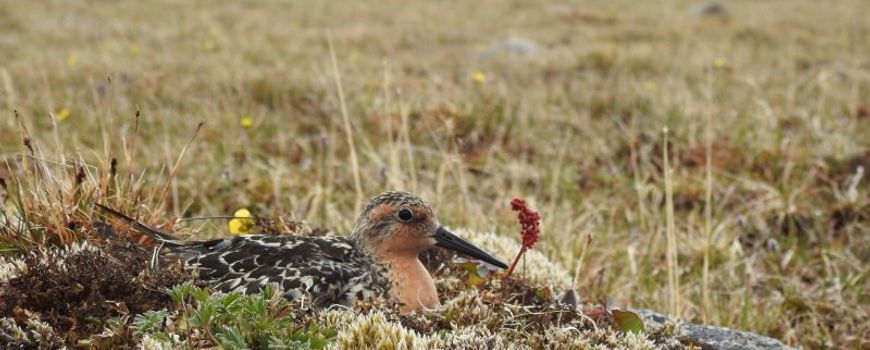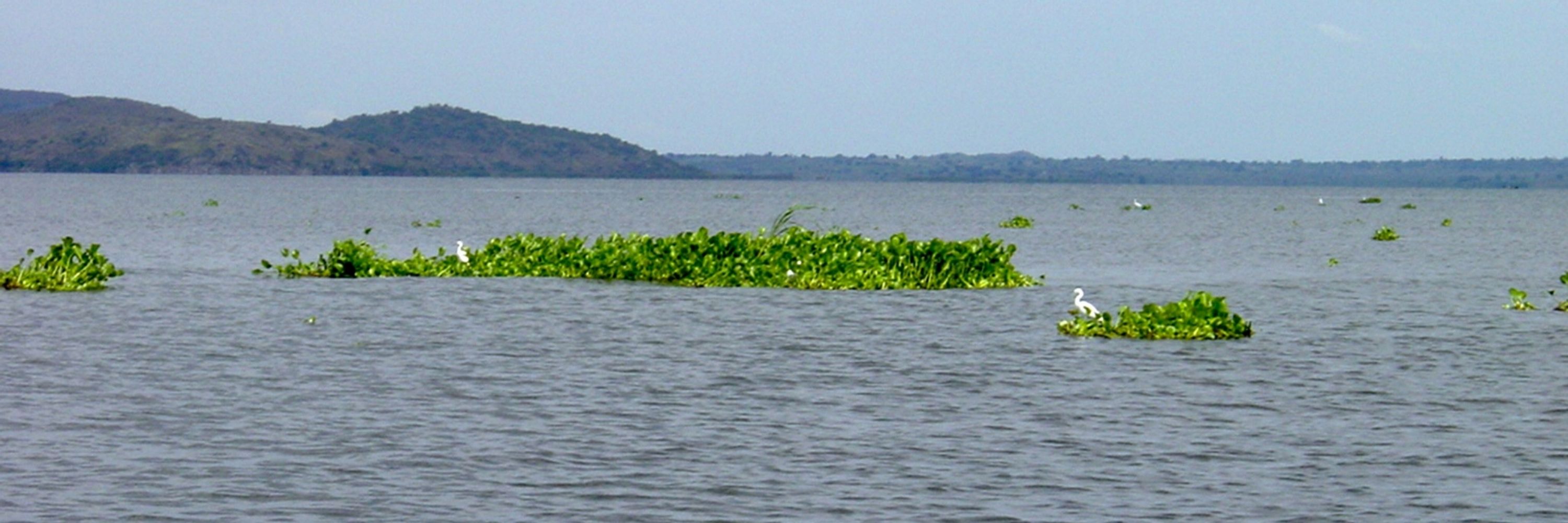
Jan Wanink
@janwanink.bsky.social
Ecologist (retired) from Groningen, Netherlands.
Reposted by Jan Wanink
#RSOS in @thetimes.com | Meta-learning provides a robust framework to discern taxonomic carnivore agency from the analysis of tooth marks on bone: reassessing the role of felids as predators of Homo habilis: royalsocietypublishing.org/doi/10.1098/...

Leopards delayed humans’ rise to top of the food chain
Tooth marks on ancient bones challenge previous assumptions about early human dominance, a study has found
www.thetimes.com
October 6, 2025 at 5:00 PM
#RSOS in @thetimes.com | Meta-learning provides a robust framework to discern taxonomic carnivore agency from the analysis of tooth marks on bone: reassessing the role of felids as predators of Homo habilis: royalsocietypublishing.org/doi/10.1098/...
Reposted by Jan Wanink
Cover of the new issue of Evolution Letters @evolletters.bsky.social featuring our stickleback-tapeworm paper. academic.oup.com/evlett
What happens to immunity and infection prevalence in the 50 years after a host invades a new location
What happens to immunity and infection prevalence in the 50 years after a host invades a new location

September 13, 2025 at 4:28 PM
Cover of the new issue of Evolution Letters @evolletters.bsky.social featuring our stickleback-tapeworm paper. academic.oup.com/evlett
What happens to immunity and infection prevalence in the 50 years after a host invades a new location
What happens to immunity and infection prevalence in the 50 years after a host invades a new location
Reposted by Jan Wanink
In a little less than a week, there will be the first observance of the UNEP World Lake Day (August 27th). It aims to raise awareness of the importance of lakes and the sustainable management of lake and related ecosystems. www.unep.org/events/un-da...
@sil-limnology.bsky.social @aslo.org
@sil-limnology.bsky.social @aslo.org

World Lake Day 2025
When: 27 AugustWorld Lake Day aims to raise awareness of the importance of lakes and the sustainable management of lake and related ecosystems. Lakes are one of the most vital natural resources on our...
www.unep.org
August 21, 2025 at 9:27 PM
In a little less than a week, there will be the first observance of the UNEP World Lake Day (August 27th). It aims to raise awareness of the importance of lakes and the sustainable management of lake and related ecosystems. www.unep.org/events/un-da...
@sil-limnology.bsky.social @aslo.org
@sil-limnology.bsky.social @aslo.org
Reposted by Jan Wanink
Relative Effects of Eutrophication and Warming on Freshwater Ecosystems Across Ecological Levels
buff.ly/h9a0ElL
buff.ly/h9a0ElL

August 20, 2025 at 12:25 PM
Relative Effects of Eutrophication and Warming on Freshwater Ecosystems Across Ecological Levels
buff.ly/h9a0ElL
buff.ly/h9a0ElL
Reposted by Jan Wanink
🐟 WWF’s major new report Africa’s Forgotten Fishes puts the spotlight on the astonishing diversity of Africa’s freshwater fishes
🚨 26% of assessed freshwater fish species on the continent are threatened with extinction, and the true number is likely even higher
🚨 26% of assessed freshwater fish species on the continent are threatened with extinction, and the true number is likely even higher

August 15, 2025 at 9:00 AM
🐟 WWF’s major new report Africa’s Forgotten Fishes puts the spotlight on the astonishing diversity of Africa’s freshwater fishes
🚨 26% of assessed freshwater fish species on the continent are threatened with extinction, and the true number is likely even higher
🚨 26% of assessed freshwater fish species on the continent are threatened with extinction, and the true number is likely even higher
Reposted by Jan Wanink
Online now: Assessing biodiversity trends in a quasi-permanent non-equilibrium state

Assessing biodiversity trends in a quasi-permanent non-equilibrium state
The ‘equilibrium assumption’ underlying biodiversity trends assessments in response to environmental changes is rarely challenged, the traditional assumption being that biodiversity is in an equilibrium state with its contemporary drivers. Existing non-equilibrium biodiversity frameworks still rely on the assumption that biodiversity is, at a given moment in time, in an equilibrium state with its contemporary drivers. In this opinion article we consider multiple trajectories of changes due to long-term disturbances that push biodiversity into a quasi-permanent non-equilibrium state. We propose a conceptual framework based on the use of temporal influence functions that can be integrated into a wide range of ecological models. The complete paradigm shift we provide can hindcast past, and project future, non-equilibrium biodiversity trends.
dlvr.it
August 15, 2025 at 11:57 AM
Online now: Assessing biodiversity trends in a quasi-permanent non-equilibrium state
Reposted by Jan Wanink
Reposted by Jan Wanink
Nonnative species have been introduced to all regions worldwide - including Antarctica and the most remote islands. Numbers of nonnative species of all taxa are increasing across all regions, often accelerating, and likely underestimated. #bioinvasions
onlinelibrary.wiley.com/doi/10.1111/...
onlinelibrary.wiley.com/doi/10.1111/...

Biological invasions: a global assessment of geographic distributions, long‐term trends, and data gaps
Biological invasions are one of the major drivers of biodiversity decline and have been shown to have far-reaching consequences for society and the economy. Preventing the introduction and spread of ....
onlinelibrary.wiley.com
August 12, 2025 at 4:40 PM
Nonnative species have been introduced to all regions worldwide - including Antarctica and the most remote islands. Numbers of nonnative species of all taxa are increasing across all regions, often accelerating, and likely underestimated. #bioinvasions
onlinelibrary.wiley.com/doi/10.1111/...
onlinelibrary.wiley.com/doi/10.1111/...
Reposted by Jan Wanink
New article by South & colleagues on how invasions of aquatic ecosystems rewire sociological networks and thus affect nutrition & toxins in humans. www.cell.com/trends/ecolo...
July 24, 2025 at 3:38 PM
New article by South & colleagues on how invasions of aquatic ecosystems rewire sociological networks and thus affect nutrition & toxins in humans. www.cell.com/trends/ecolo...
Reposted by Jan Wanink
The eastern Baltic cod has shrunk dramatically in size in recent decades due to rapid evolution — changes at the genetic level — caused by decades of intensive fishing, a new study says.
It’s one of the first studies to show that a marine species has evolved in response to fishing pressure.
It’s one of the first studies to show that a marine species has evolved in response to fishing pressure.

Evolution in overdrive as Baltic cod shrink due to fishing pressure, study shows
The eastern Baltic cod has shrunk dramatically in size in recent decades due to rapid evolution — changes at the genetic level — caused by decades of intensive fishing, a new study says. It’s one of…
news.mongabay.com
July 23, 2025 at 9:21 PM
The eastern Baltic cod has shrunk dramatically in size in recent decades due to rapid evolution — changes at the genetic level — caused by decades of intensive fishing, a new study says.
It’s one of the first studies to show that a marine species has evolved in response to fishing pressure.
It’s one of the first studies to show that a marine species has evolved in response to fishing pressure.
Reposted by Jan Wanink
New paper in Evolution Letters @evolletters.bsky.social by an undergrad in my lab!
academic.oup.com/evlett/advan...
We modeled eco-evo dynamics of infection & immunity and then analyzed 50 years of data from stickleback & tapeworms (thanks to museum samples!)
academic.oup.com/evlett/advan...
We modeled eco-evo dynamics of infection & immunity and then analyzed 50 years of data from stickleback & tapeworms (thanks to museum samples!)
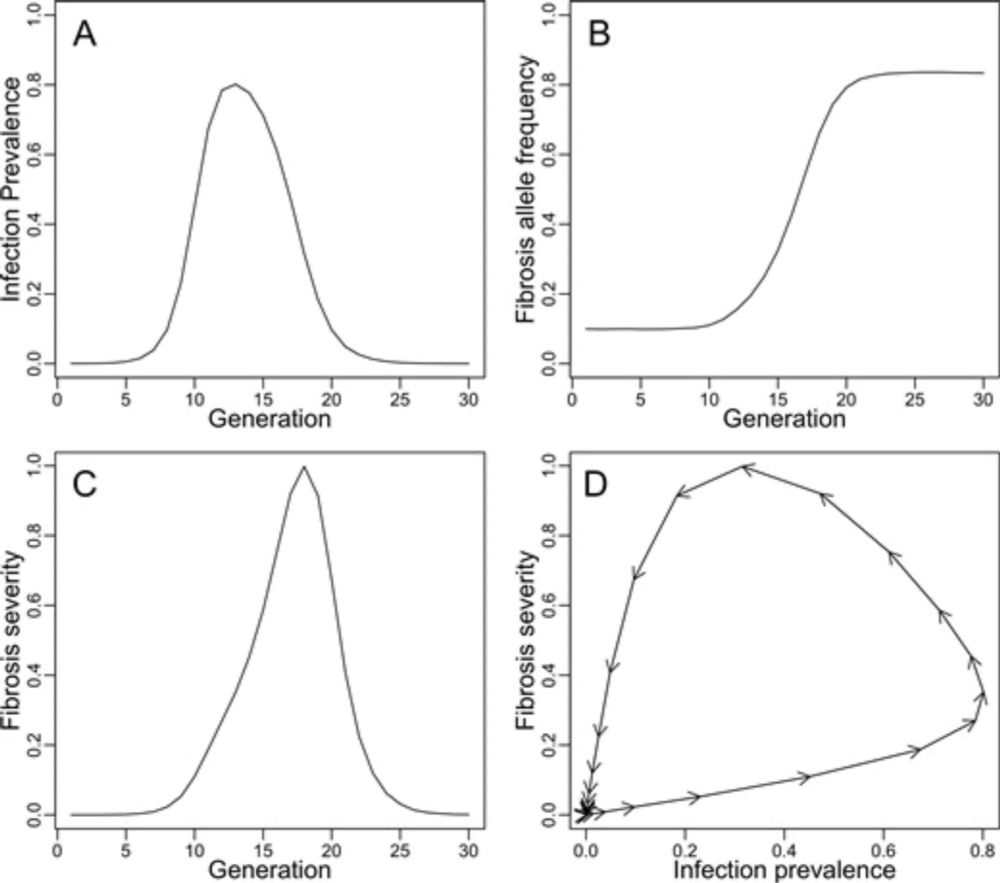
Dynamics of infection and immunity over 50 years as marine stickleback adapt to freshwater
Abstract. When a species colonizes a new environment, it may encounter new parasites to which its immune system is poorly adapted. After an initial spike i
academic.oup.com
July 8, 2025 at 6:10 PM
New paper in Evolution Letters @evolletters.bsky.social by an undergrad in my lab!
academic.oup.com/evlett/advan...
We modeled eco-evo dynamics of infection & immunity and then analyzed 50 years of data from stickleback & tapeworms (thanks to museum samples!)
academic.oup.com/evlett/advan...
We modeled eco-evo dynamics of infection & immunity and then analyzed 50 years of data from stickleback & tapeworms (thanks to museum samples!)
Reposted by Jan Wanink
Natuurkwaliteit #Waddenzee nog lang niet oo orde: www.natuurmonumenten.nl/nieuws/natuu...

Natuurkwaliteit Waddenzee nog lang niet op orde | Natuurmonumenten
Onderzoek naar de ‘Staat van de Wadden’ verricht in opdracht van het Ministerie van LVVN concludeert dat het grootste deel van de onderzochte natuurwaarden niet voldoet aan de norm.
www.natuurmonumenten.nl
June 23, 2025 at 1:11 PM
Natuurkwaliteit #Waddenzee nog lang niet oo orde: www.natuurmonumenten.nl/nieuws/natuu...
Reposted by Jan Wanink
In a synthesis of over 3000 population trends in the Wadden Sea, we show a substantial reorganization of biodiversity with over 38% of populations undergoing significant change (i.e., increases or decreases), identify winners and losers and critical time points of change! dx.doi.org/10.1111/gcb....
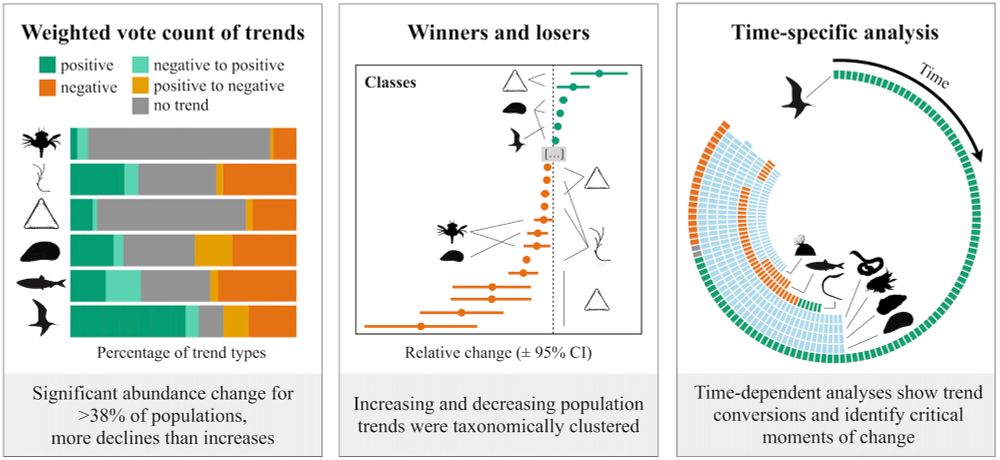
June 19, 2025 at 9:49 AM
In a synthesis of over 3000 population trends in the Wadden Sea, we show a substantial reorganization of biodiversity with over 38% of populations undergoing significant change (i.e., increases or decreases), identify winners and losers and critical time points of change! dx.doi.org/10.1111/gcb....
Reposted by Jan Wanink
💡🍃🌳 Exposure to artificial light at night & higher temperatures extends the growing season of urban plants by up to 3 weeks. This puts additional strain on the energy and water balance of already stressed trees and shrubs. In Europe leaves sprout particularly early. www.igb-berlin.de/en/news/ligh...

Light pollution extends the growing season of urban plants
www.igb-berlin.de
June 17, 2025 at 11:06 AM
💡🍃🌳 Exposure to artificial light at night & higher temperatures extends the growing season of urban plants by up to 3 weeks. This puts additional strain on the energy and water balance of already stressed trees and shrubs. In Europe leaves sprout particularly early. www.igb-berlin.de/en/news/ligh...
Reposted by Jan Wanink
Foraging Behaviour of Nesting Grey Herons Inferred from PIT-Tagged Salmonid Fish. Ardea, 113(1) doi.org/10.5253/arde...

Foraging Behaviour of Nesting Grey Herons Inferred from PIT-Tagged Salmonid Fish
Studies of fish behaviour and ecology create opportunities for studying piscivores that have been underutilised. A leading example is the widespread use by fish biologists of Passive Integrated Transp...
doi.org
June 17, 2025 at 11:09 AM
Foraging Behaviour of Nesting Grey Herons Inferred from PIT-Tagged Salmonid Fish. Ardea, 113(1) doi.org/10.5253/arde...
Reposted by Jan Wanink
New paper just dropped🎉 With novel "Curiosity Boxes", we find that chimps & children are very curious about social interactions, & some even give up a reward to gain info! Fun collaboration with @alisongopnik.bsky.social, @janengelmann.bsky.social & others royalsocietypublishing.org/doi/10.1098/...

Chimpanzees and children are curious about social interactions | Proceedings of the Royal Society B: Biological Sciences
Curiosity is adaptive, enhances learning, and reduces uncertainty. Social curiosity
is defined as the motivation to gain information about the actions, relationships,
and psychology of others. Little ...
royalsocietypublishing.org
June 6, 2025 at 4:44 PM
New paper just dropped🎉 With novel "Curiosity Boxes", we find that chimps & children are very curious about social interactions, & some even give up a reward to gain info! Fun collaboration with @alisongopnik.bsky.social, @janengelmann.bsky.social & others royalsocietypublishing.org/doi/10.1098/...
Reposted by Jan Wanink
🧊☀️Warming winters promote biodiversity through reduced mortality of a habitat-forming species in soft-sediment intertidal systems
vist.ly/3n52zbb
#ClimateChange #FoundationSpecies #LaniceConchilega #Macrozoobenthos #Mudflats #PopulationDynamic
vist.ly/3n52zbb
#ClimateChange #FoundationSpecies #LaniceConchilega #Macrozoobenthos #Mudflats #PopulationDynamic


June 4, 2025 at 5:06 PM
🧊☀️Warming winters promote biodiversity through reduced mortality of a habitat-forming species in soft-sediment intertidal systems
vist.ly/3n52zbb
#ClimateChange #FoundationSpecies #LaniceConchilega #Macrozoobenthos #Mudflats #PopulationDynamic
vist.ly/3n52zbb
#ClimateChange #FoundationSpecies #LaniceConchilega #Macrozoobenthos #Mudflats #PopulationDynamic
Exploring pathways for world development within planetary boundaries
Detlef P. van Vuuren et al.
rdcu.be/el48F
Detlef P. van Vuuren et al.
rdcu.be/el48F
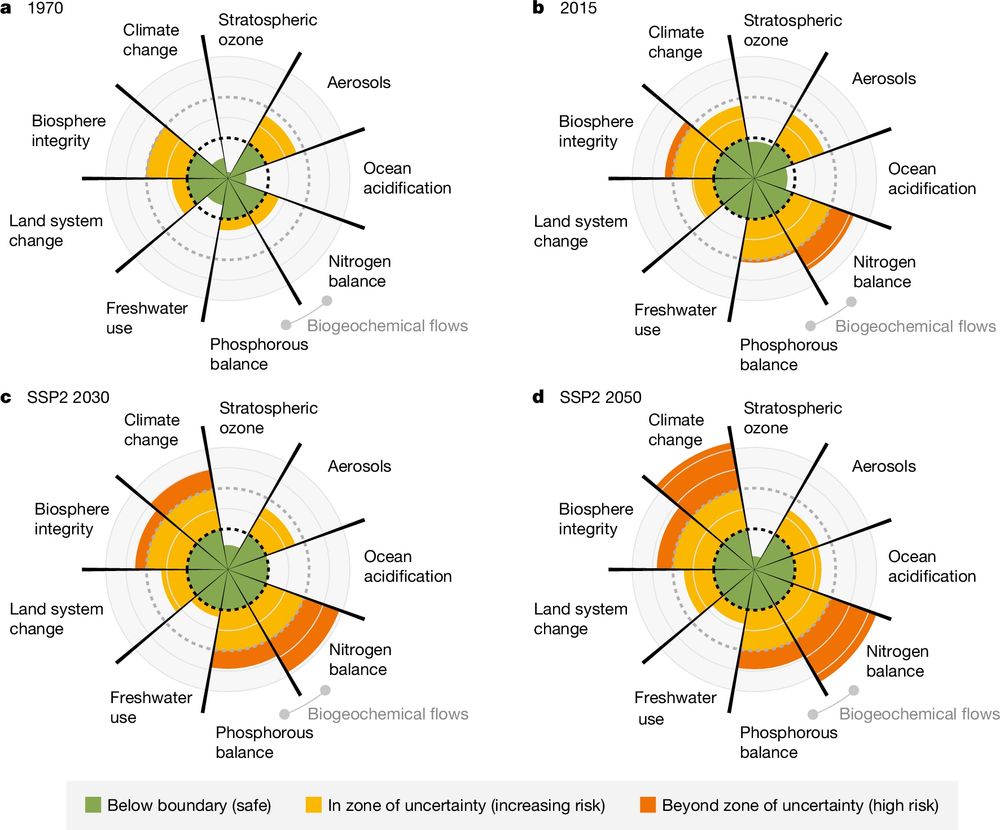
Exploring pathways for world development within planetary boundaries
Nature - Current trends imply that we will transgress most of the planetary boundaries by 2050; however, ambitious, urgent and universal action to ameliorate climate change and increase resource...
rdcu.be
May 15, 2025 at 8:25 AM
Exploring pathways for world development within planetary boundaries
Detlef P. van Vuuren et al.
rdcu.be/el48F
Detlef P. van Vuuren et al.
rdcu.be/el48F
Generalization bias in large language model summarization of scientific research
Uwe Peters & Benjamin Chin-Yee
royalsocietypublishing.org/doi/10.1098/...
Uwe Peters & Benjamin Chin-Yee
royalsocietypublishing.org/doi/10.1098/...
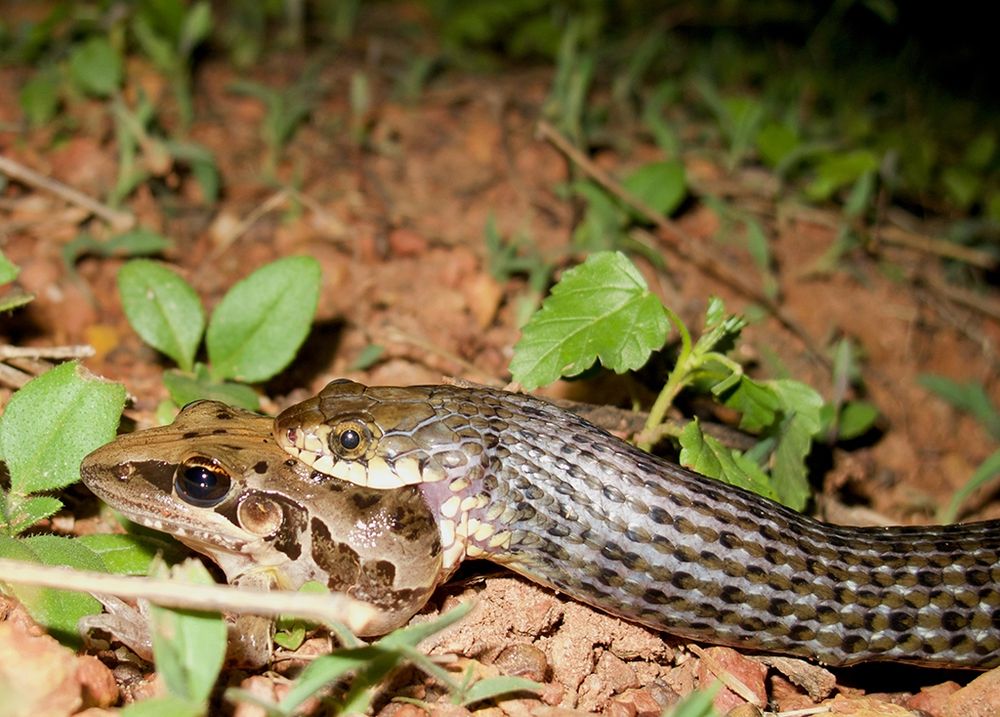
Generalization bias in large language model summarization of scientific research | Royal Society Open Science
Artificial intelligence chatbots driven by large language models (LLMs) have the potential
to increase public science literacy and support scientific research, as they can quickly
summarize complex sc...
royalsocietypublishing.org
May 11, 2025 at 3:40 PM
Generalization bias in large language model summarization of scientific research
Uwe Peters & Benjamin Chin-Yee
royalsocietypublishing.org/doi/10.1098/...
Uwe Peters & Benjamin Chin-Yee
royalsocietypublishing.org/doi/10.1098/...
Reposted by Jan Wanink
After a team from @unileiden.bsky.social examined 36 naturally established freshwater #ecosystems exposed to increasing field-realistic concentrations" of #thiacloprid, findings indicated "severe #degradation of ecosystem functioning." 🏞️ #biodiversity #pesticides #neonics ➡️ Blog: ow.ly/vCws50VNTEm

Study Finds Aquatic Ecosystem Collapse with Neonicotinoid Exposure, Threatening Biodiversity - Beyond Pesticides Daily News Blog
Aquatic communities contribute to overall biodiversity and provide essential ecosystem services but are threatened by neonicotinoid usage.
ow.ly
May 6, 2025 at 4:10 PM
After a team from @unileiden.bsky.social examined 36 naturally established freshwater #ecosystems exposed to increasing field-realistic concentrations" of #thiacloprid, findings indicated "severe #degradation of ecosystem functioning." 🏞️ #biodiversity #pesticides #neonics ➡️ Blog: ow.ly/vCws50VNTEm
Reposted by Jan Wanink
Call for Abstracts - Wadden Sea research
Join 200+ scientists 28-30 October at ISWSS 2025 in Groningen!
🌿 Climate, biodiversity, renewable energy & more.
📅 Submit your abstract before 16 May:
🔗 iswss-abstracts.rvo-evenementen.nl
#ISWSS2025 #Science #WaddenSea
Join 200+ scientists 28-30 October at ISWSS 2025 in Groningen!
🌿 Climate, biodiversity, renewable energy & more.
📅 Submit your abstract before 16 May:
🔗 iswss-abstracts.rvo-evenementen.nl
#ISWSS2025 #Science #WaddenSea
April 28, 2025 at 7:51 AM
Call for Abstracts - Wadden Sea research
Join 200+ scientists 28-30 October at ISWSS 2025 in Groningen!
🌿 Climate, biodiversity, renewable energy & more.
📅 Submit your abstract before 16 May:
🔗 iswss-abstracts.rvo-evenementen.nl
#ISWSS2025 #Science #WaddenSea
Join 200+ scientists 28-30 October at ISWSS 2025 in Groningen!
🌿 Climate, biodiversity, renewable energy & more.
📅 Submit your abstract before 16 May:
🔗 iswss-abstracts.rvo-evenementen.nl
#ISWSS2025 #Science #WaddenSea
Reposted by Jan Wanink
Utilizing #aquatic environmental DNA #eDNA to address global #biodiversity targets: www.nature.com/articles/s44...
🧬🔬🐟🦫🍂🦐🧬
We discuss how eDNA can contribute towards Kunming-Montreal Global Biodiversity Franework #GBF. Out now in @natrevbiodiv.nature.com
🧬🔬🐟🦫🍂🦐🧬
We discuss how eDNA can contribute towards Kunming-Montreal Global Biodiversity Franework #GBF. Out now in @natrevbiodiv.nature.com
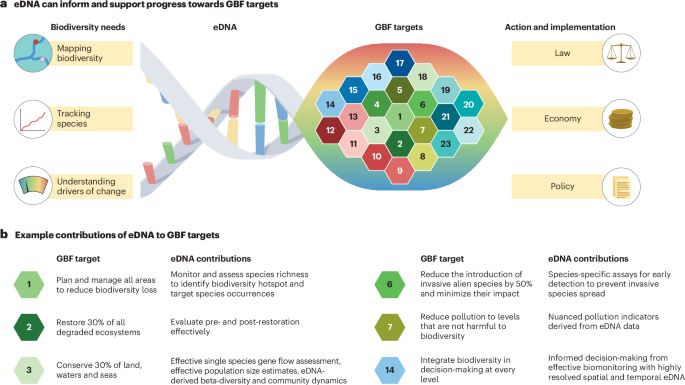
Utilizing aquatic environmental DNA to address global biodiversity targets - Nature Reviews Biodiversity
Aquatic eDNA-based technologies offer the potential for universal and standardized biodiversity monitoring. In this Perspective, Altermatt et al. discuss how these technologies can help to achiev...
www.nature.com
April 28, 2025 at 6:54 AM
Utilizing #aquatic environmental DNA #eDNA to address global #biodiversity targets: www.nature.com/articles/s44...
🧬🔬🐟🦫🍂🦐🧬
We discuss how eDNA can contribute towards Kunming-Montreal Global Biodiversity Franework #GBF. Out now in @natrevbiodiv.nature.com
🧬🔬🐟🦫🍂🦐🧬
We discuss how eDNA can contribute towards Kunming-Montreal Global Biodiversity Franework #GBF. Out now in @natrevbiodiv.nature.com
Reposted by Jan Wanink
Important mesocosm experiment from the Netherlands demonstrates adverse effects of the neonicotinoid, thiacloprid at realistic environmental concentrations: degraded food web structure, large changes in primary production and reduced organic matter processing onlinelibrary.wiley.com/doi/full/10....

Networks in Aquatic Communities Collapse Upon Neonicotinoid‐Induced Stress
We employed an experimental approach with 36 naturally established freshwater ecosystems exposed to increasing field realistic concentrations of the neonicotinoid thiacloprid. Upon exposure, we found....
onlinelibrary.wiley.com
April 27, 2025 at 11:58 AM
Important mesocosm experiment from the Netherlands demonstrates adverse effects of the neonicotinoid, thiacloprid at realistic environmental concentrations: degraded food web structure, large changes in primary production and reduced organic matter processing onlinelibrary.wiley.com/doi/full/10....
Reposted by Jan Wanink
Wood anemone is dominating the garden again, after starting a week later than last year.


April 12, 2025 at 11:30 PM
Wood anemone is dominating the garden again, after starting a week later than last year.



